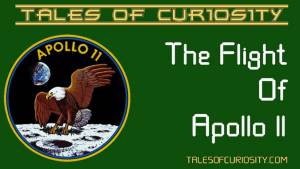| ||||||
| Running Time: | 5:58 | Release Date: | ||||
| On 4 October 1957, a new wireless signal could be heard throughout the world. It was from Sputnik, the first artificial satellite. This marked the start of the Space Age and some remarkable achievements. | ||||||
About The Video |
Introduction |
The Space Age started in earnest in 1958 with the launch of Sputnik 1. Due to the heightened tensions of the time, both America and the Soviet Union were locked in an ideological and strategic battle to be the dominate force in space.
Initially the Soviet Union were the front runners, but over time America caught up. Now, with the change in world politics, there is more of a spirit of cooperation in space.
Due to the shortness of our videos, there was not enough time to put in all the great space stories. So, these are just some highlights, which we have chosen from 1958 to the present.
Sputnik 1 |
Sputnik 1 was launched by the Soviet Union on 4 October 1957. It was the Earth's first artificial satellite.
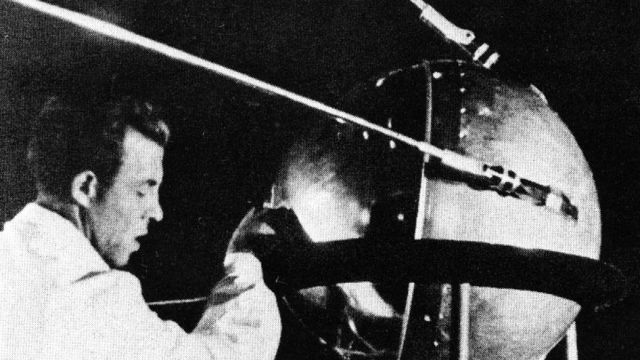
To demonstrate the Soviet Union's achievement, Sputnik transmitted radio signals that could easily be monitored by Governments and amateur radio operators.
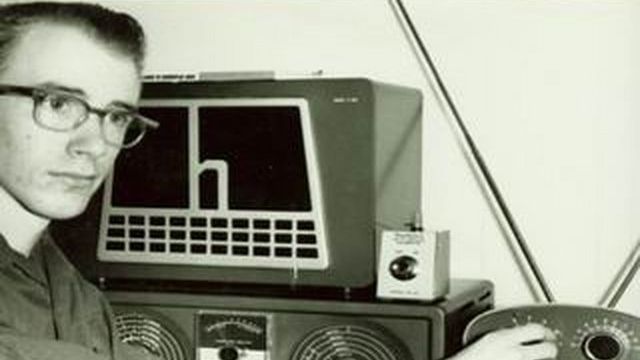
The launch of the satellite was a surprise to the West and in particular America. This led to an increased sense of uncertainty and fear. The result was dubbed the Space Race, with many stunning achievements.
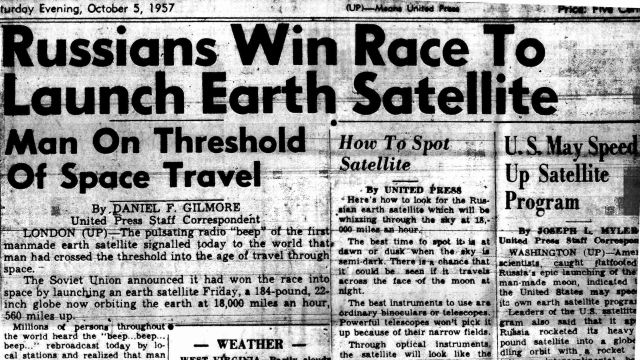
The signals from Sputnik lasted for 22 days, until the transmitter ran out of power, on 26 October 1957. This was not the end of the satellite, as it stayed in orbit until 4 January 1958, exactly 3 months after launch.
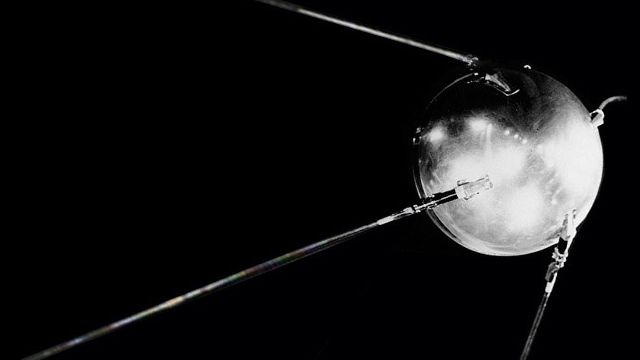
Laika The First Animal In Space |
On 3 November 1957 Laika became the first animal launched into orbit, aboard Sputnik 2. This is rather a sad achievement, as Laika died in space.
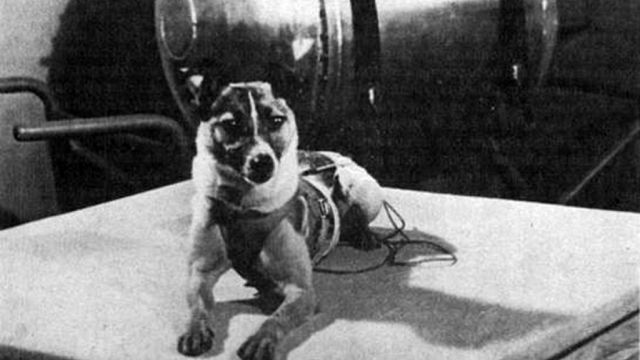
Luna 1 |
Luna 1 was the first spacecraft to reach the vicinity of the Moon, when on 4 January 1959 it flew within 3,725 miles (5,995 kilometers) of the surface.
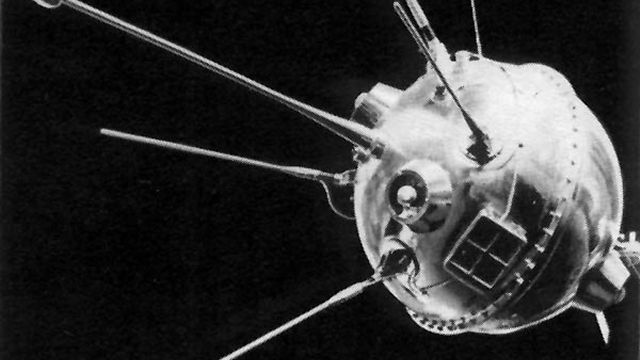
Luna 2 |
On 13 September 1959, Luna 2 became the first spacecraft to reach the surface of the Moon, with a planned crash landing.
The craft carried 2 pennants with the USSR Coat of Arms and the year 1959.
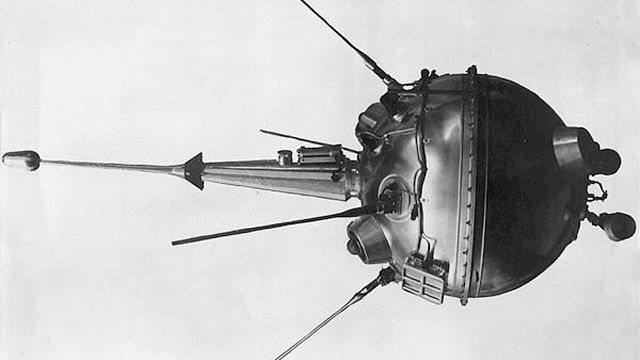
Belka And Strelka Return From Space |
The two dogs Belka And Strelka spent a day in space on 19 August 19 1960. Accompanying them were a grey rabbit, 42 mice, 2 rats, flies. some plants and fungi. All returned home safely from space. The first animals to do so.
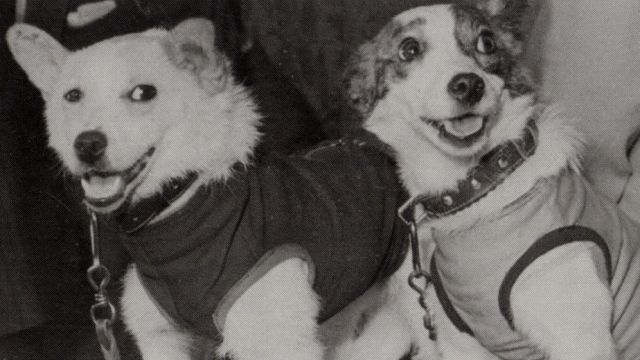
Yuri Gagarin The First Man In Space |
On the 12 April 1961, Yuri Gagarin became the first man in space, when he orbited the Earth aboard Vostok 1.
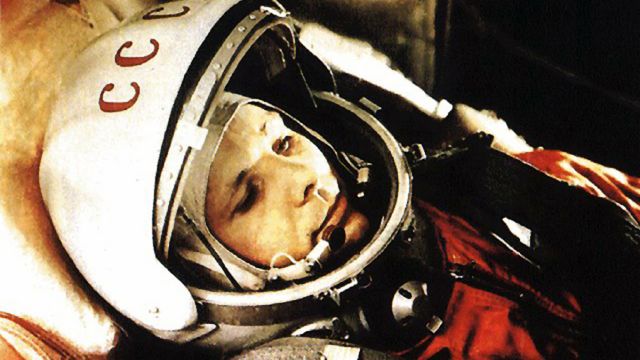
The momentous event dominated all the world's media and again showed the Soviet Union's lead in the Space Race.
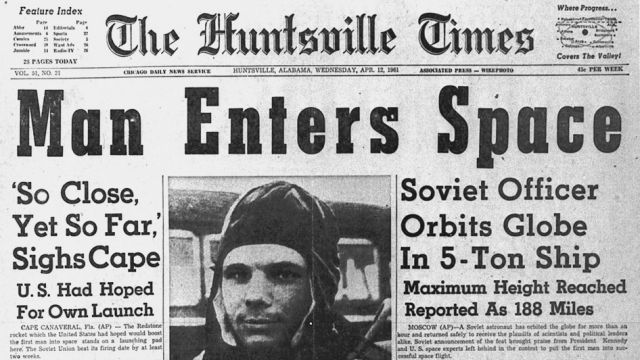
Overnight Gagarin had become a worldwide icon and he was sent on major tours to promote the Soviet Union's accomplishment.
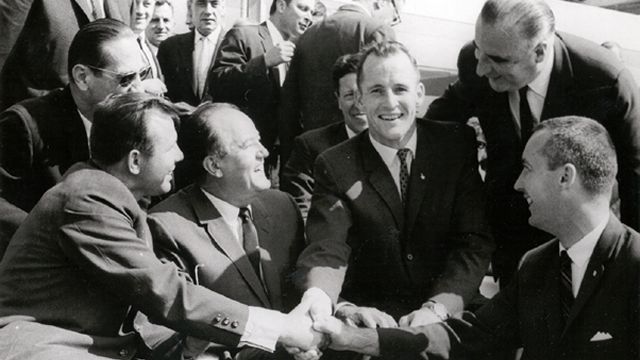
Valentina Tereshkova The First Woman In Space |
After putting the first man into space the Soviet Union followed two years later with the first woman, Valentina Tereshkova.
Vostok 6 was launched on 16 June 1963. Valentina Tereshkova, orbited Earth 48 times and returned on 19 June 1963. She was also the first civilian in space.
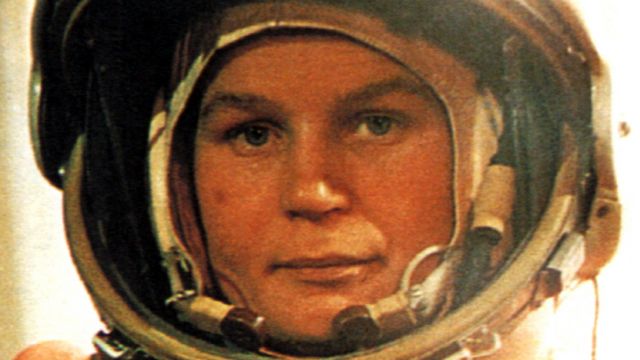
Aleksei Leonov The First Spacewalker |
Aleksei Leonov was the man who first stepped out of a space craft and into space. This happened on 18 March 1965.
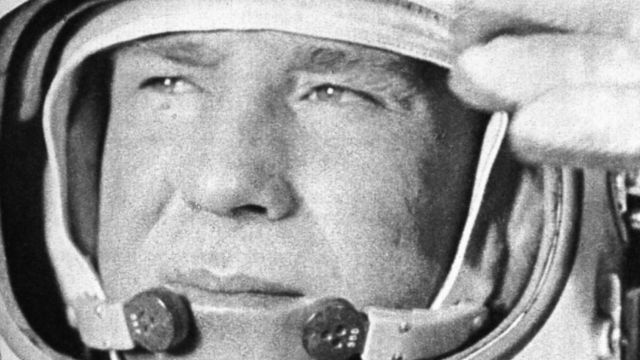
Leonov spent 12 minutes outside in space, but he encountered an almost fatal problem. His spacesuit had inflated due to the vacuum of space and he could not fit back in the space craft. Leonov has to deflate his spacesuit by opening a valve to let air out. By doing this his risked getting what divers call, the 'bends'. Thankfully, he survived this near tragedy.
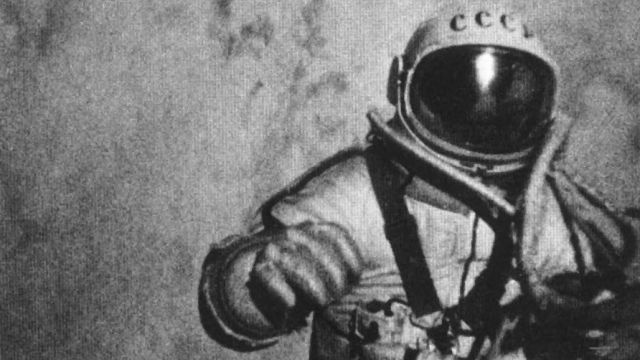
Venera 3 The First Probe To Impact On A Planet |
Venera 3 was launched on 15 November 1965, its mission was to land on Venus. On March 1, 1966, it crashed into the planet. Although, its systems had failed before data could be returned to Earth, Venera 3 still holds the distinction of being the first spacecraft to land on another planet.
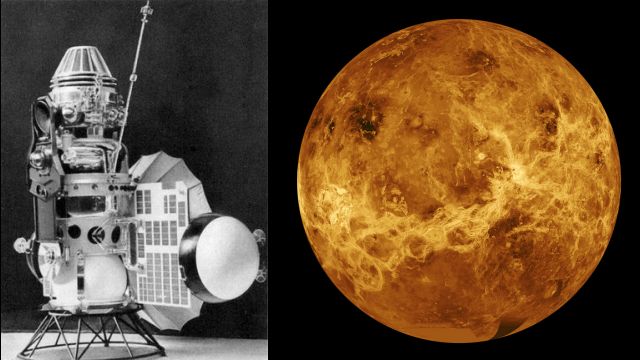
Apollo 8 |
Apollo 8's mission is one of the defining episodes in the history of space. The crew consisted of James Lovell, William Anders and Frank Borman. They would travel where no man had been before, the moon.
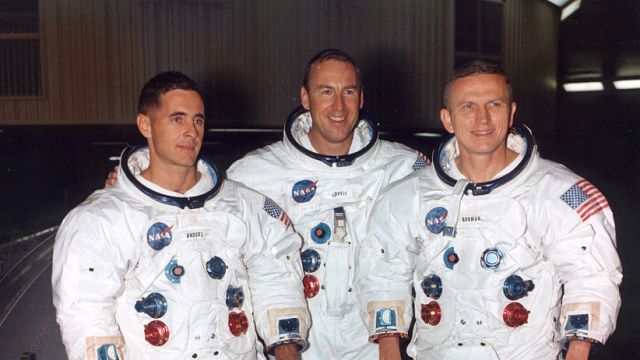
The crew would be the first men: to leave Earths's orbit, to see the Earth as a sphere in space, to orbit and view the dark side of the moon.
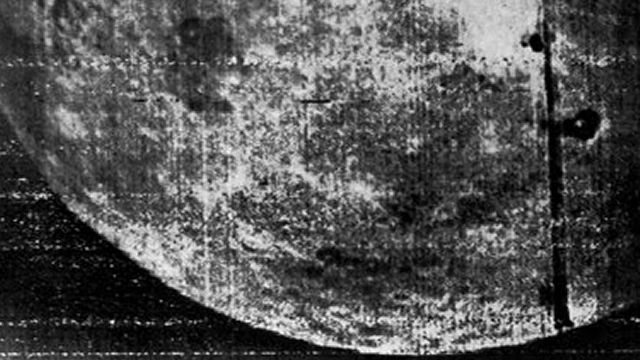
On Christmas Eve 1968, the crew of Apollo 8 made a television broadcast. At the time this was the most watched television program in history. The astronauts read a section from the Book of Genesis and Frank Borman ended the broadcast with these words:
"And from the crew of Apollo 8, we close with good night, good luck, a Merry Christmas, and God bless all of you, all of you on the good Earth"
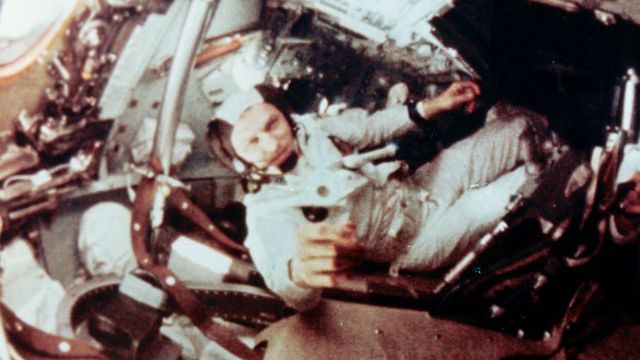
Apollo 11 |
Apollo 11 is one of the most historic journeys in all of history. The mission was to land the first man on the moon. It was launched on 16 July 1969. The crew consisted of Neil Armstrong, Michael Collins and Edwin 'Buzz' Aldrin.
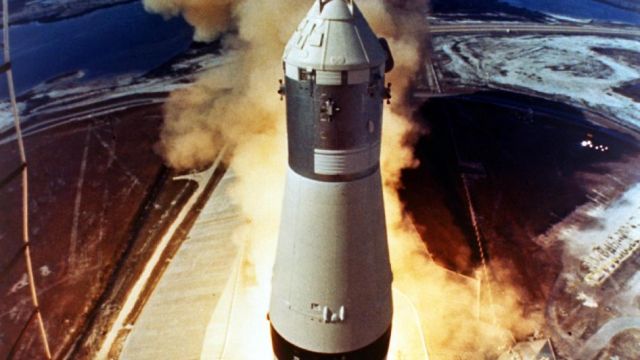
On 20 July 1969, Neil Armstrong set foot on the moon. One of man's greatest dreams had been realized.
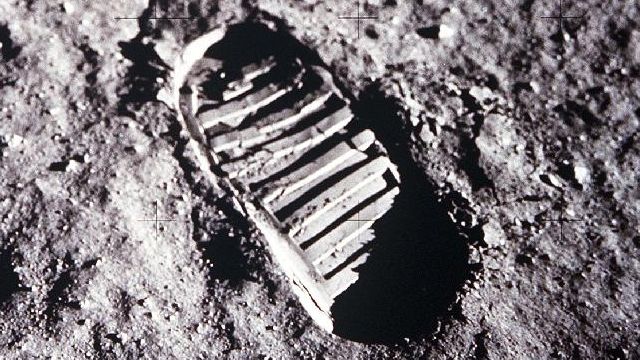
Armstrong was joined on the surface by Buzz Aldrin. After 2 hours and 36 minutes Armstrong and Aldrin entered the lunar lander and blasted off to rejoin Michael Collins, who was orbiting the moon.
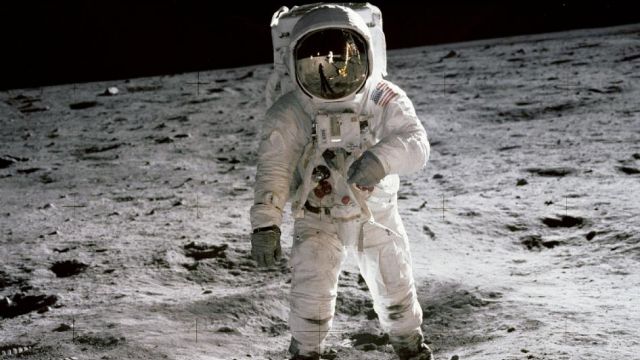
Salyut 1 The First Space Station |
Salyut 1 was launched on 19 April 1971. It was the world's first space station.
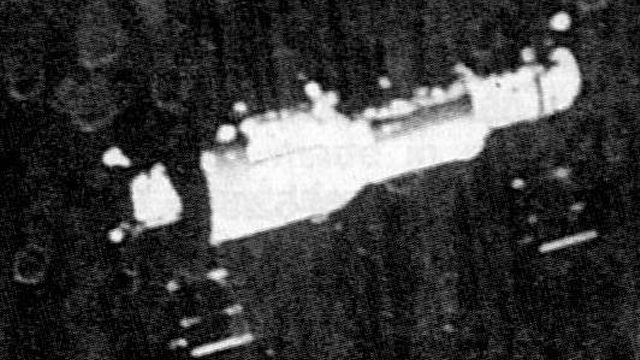
The Lunar Rover |
On 31 July 1971 a strange new vehicle was moving across the moon. It was the Lunar Rover and was being driven by two astronauts from Apollo 15, Richard Gordon and Harrison Schmitt.
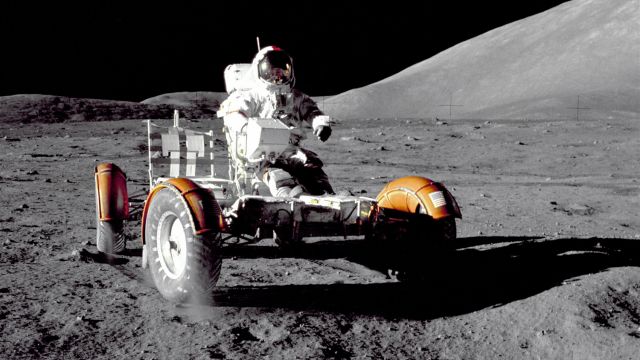
Voyager 1 And Voyager 2 |
Voyager 2 was launched on 20 August 1977, it was then followed rather confusingly by Voyager 1, which was launched on 5 September 1977.

These two probes were designed to visit Jupiter and Saturn. The mission was a great success with stunning photographs and a massive amount of scientific data gathered.
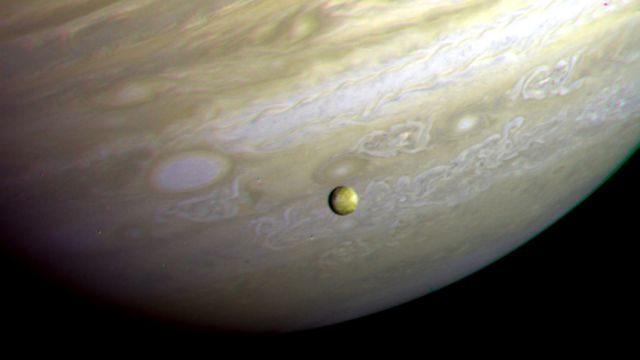
This was not however the end for these two craft. The mission was extended with Voyager 2 being sent to explore Uranus and Neptune. The two are now far away well past Pluto and they are still sending back data. A truly stunning achievement.
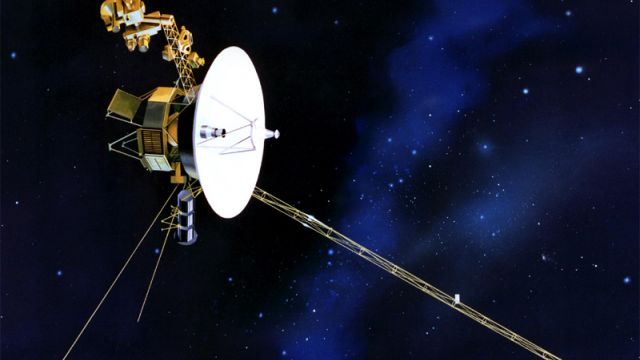
The Launch Of Columbia The First Space Shuttle |
Exactly twenty years after Yuri Gagarin's journey, a new type of space was launched. On 12 April 1981, the Space Shuttle Columbia made its maiden journey.
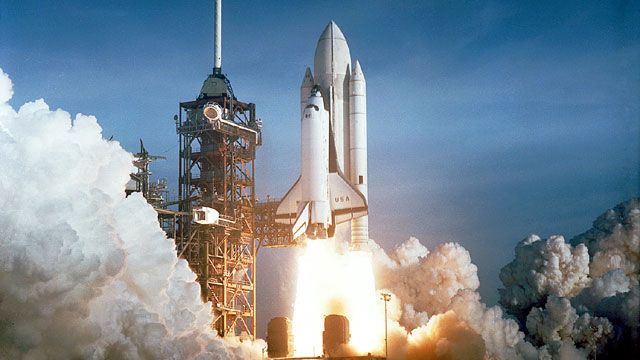
Columbia was the world's first reusable space craft. After over two days orbiting the Earth, the two crew, John Young and Robert Crippen, safely landed Columbia on a runway at Edwards Airforce Base.
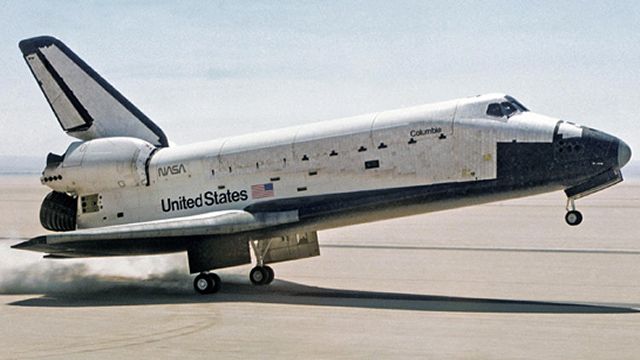
The First Untethered Spacewalk |
As we wrote at the beginning there have been many achievements in space exploration and unfortunately we could not fit them all into the video. This space walk was one that probably should have made way for something else, but we included it because of the stunning image and sense of awe and daring.
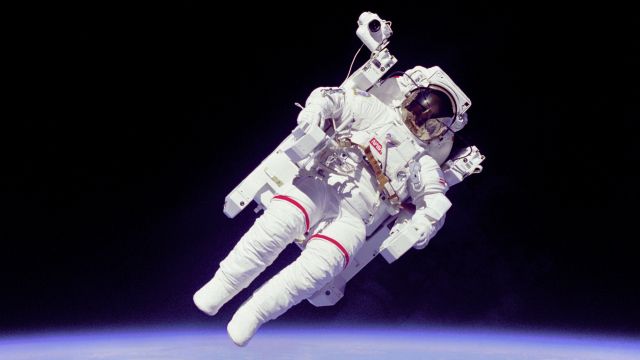
On 7 February 1984, Bruce McCandless II made the first untethered Spacewalk. He used the Manned Maneuvering Unit, traveling 320 feet (100 meters) away from the Space Shuttle Challenger.
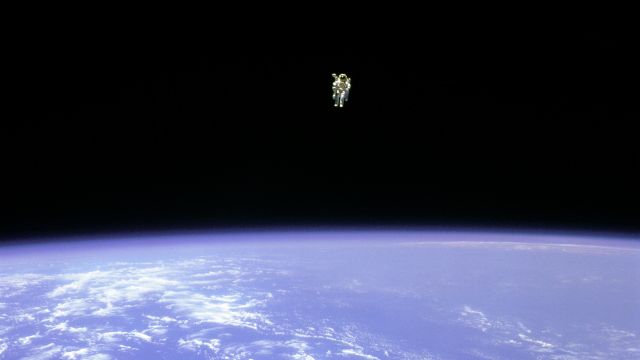
The Hubble Space Telescope |
The Hubble Space Telescope was deployed from the Space Shuttle Discovery on 24 April 1990.
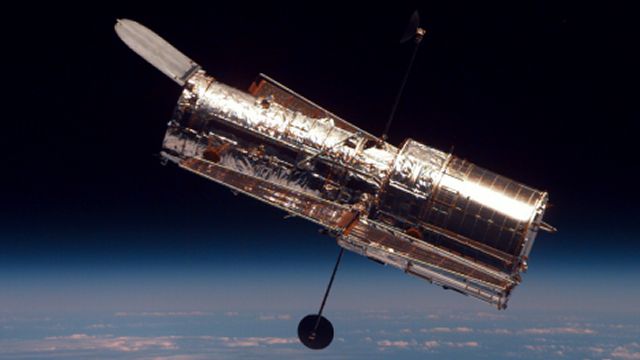
It was soon discovered that the main mirror was not ground correctly, which meant that the telescope did not work as intended. This was corrected after a servicing mission in 1993. The result is a huge array of stunning photographs.
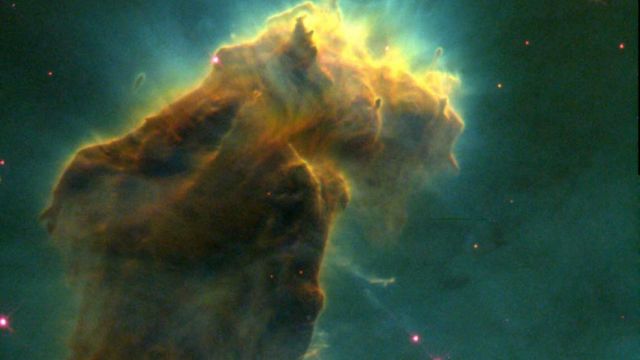
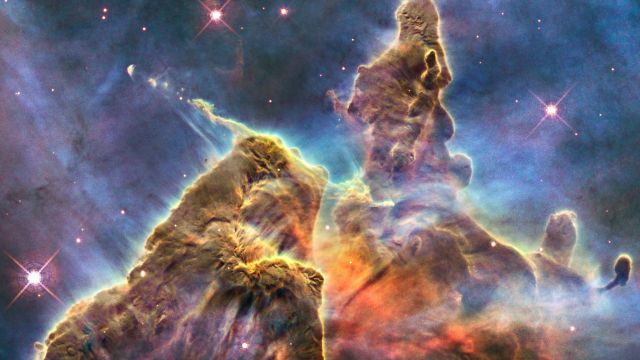
The International Space Station |
On 20 November 1998, the first module of The International Space Station was launched. The space station is comprised of various modules made by the different partner countries. The cooperation between East and West is in marked contrast to the beginnings of our tale.
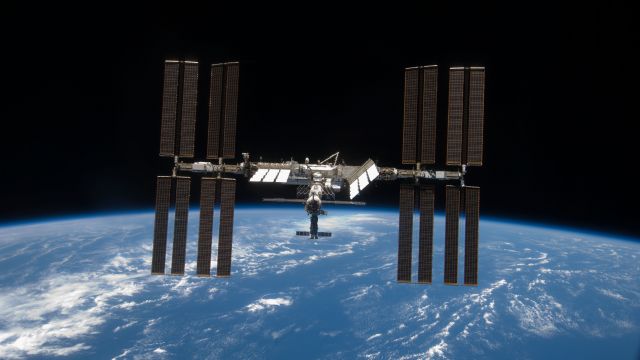
Opportunity And Spirit |
Our last selection of great achievements in space are the two Martian rovers, Spirit and Opportunity. Spirit was launched on 10 June 2003 and Opportunity on 7 July 2003. They each had a 90 day mission. Spirit landed on Mars on 4 January 2004 and Opportunity on 25 January 2004.
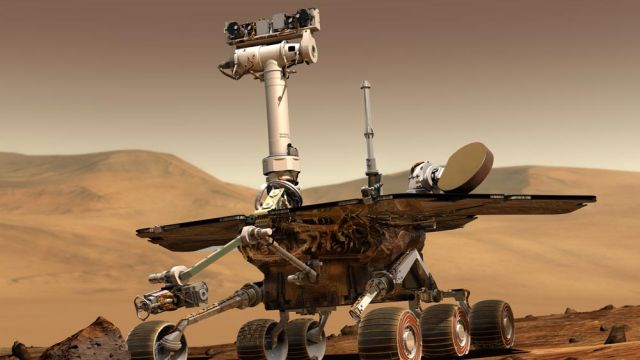
The two rovers like the Voyager craft mentioned earlier were a stunning success and their mission was extended. The last signal was received from Spirit on 22 March 2010, but at the time of writing this Opportunity is still exploring the Martian surface.
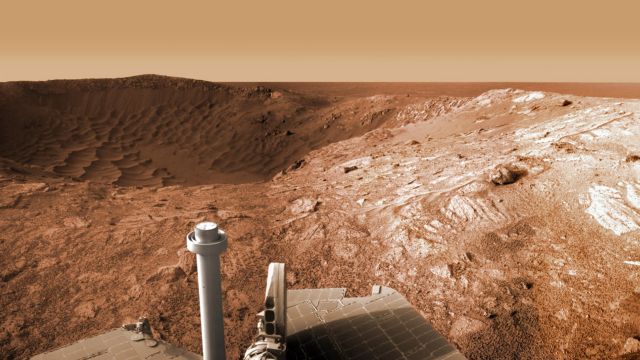
The End |
Here we end our selection, hoping that in time and with political will there will be many new achievements to inspire generations to come.
Curious Facts |
Similar Videos |
The Flight Of Apollo 11
A Curious Trip In The Solar System
The Men Who Went To The Moon
Interesting Links |
Animals In Space |
Man In Space |
Probes And Robots |
Space Hardware |
Space Stations |
Sputnik 1 |
